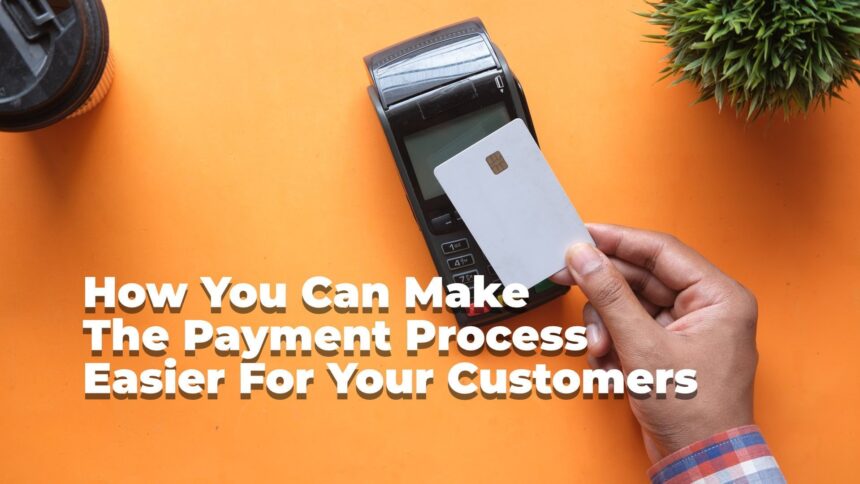Payment Processing For Customers
To help increase sales and conversions, you should make it as quick and easy as possible for your customers to pay when shopping on your website.
“Checkout pages,” complete with graphics and text, are important areas of your website; This is the last point of contact for individuals purchasing on your website. It is the location where customers hand over their credit card information and finally part with their hard-earned money to complete the transaction. It is the point at which window shoppers turn into paying consumers.
Installing PayPal on your website and assuming that your payment choices have been sorted is far too easy. If you are serious about making it easier for your consumers to pay and growing sales for your company, you must have complete control over the payment process.
Throughout this post, we will go over some of the things you can do to make things easy for yourself as well as your clients.


Make a range of payment options available.
More than half of those who responded to a YouGov study said they would abandon their shopping basket and search elsewhere if their preferred form of payment was not available on the site. Providing consumers with a diverse selection of options to pay for your goods or services is critical to the success of any business, especially those that accept online payments. These days, there are numerous options available, ranging from typical debit card payments to PayPal, vouchers, and credit cards.
Small businesses can also initiate direct debit, which simplifies the process of making recurring purchases and payments, promoting customer retention. You do, however, need to ensure you read up on some of the myths about PCI compliance and ensure you are fully compliant.
Do not refer them to another website.
If you are a small business concerned about security, it may be tempting to have a third-party site handle your payments for you. However, remember that you have worked hard to persuade your consumer to visit your site in the first place. Do not allow them to leave by clicking away! As previously stated, the primary downside of employing a service such as PayPal is that it leads visitors away from your website and to a third-party checkout page.
Because you have no control over the appearance of the checkout page, clients may get the impression that they are paying their money to a firm other than yours when they complete the transaction.
For individuals to complete their purchases and make their payments, you want your company’s name to be the last thing on their minds, not PayPal or another third party!
Make it simple to correct mistakes.
It is an unavoidable fact of life that people make mistakes. When someone is in a hurry or using a small device such as their cell phone, it is easy to ignore a zipcode or forget the “@” in their email address, which can lead to mistakes. Whatever the reason, you must call attention to the problem and encourage the prospective consumer to remedy it on their own.
The top of some checkout pages displays an error message, but many customers are unaware that they must scroll up to find out what went wrong. Ideally, an error notice would appear in the field where the problem occurred. Clarify which field is incorrect by using boldface type.
Another useful tip for making it easier for individuals to pay is to preserve the information they submit so that they do not have to keep retyping proper information if they make a mistake someplace else. It will save them time and prevent them from having to constantly retype accurate information.
Only inquire about the necessary information.
It is similar to when you are creating an email list: you want to keep the quantity of information you ask for to the absolute minimum.
Requiring customers to fill out forms containing information not required for the transaction to be completed can discourage sales. Providing numerous fields to fill out increases the number of hurdles that consumers must jump over to make a purchase. If you conduct business in the European Union, you must ensure that you comply with the General Data Protection Regulation (GDPR), which mandates that only the bare minimum of information should be gathered for security purposes. You should explain why you require the additional information, such as a telephone number, only if you really must.






![Is the Samsung Galaxy S21 FE 2022 Worth it [Review]](https://www.cryovex.com/wp-content/uploads/2022/04/Is-the-Samsung-Galaxy-S21-FE-2022-Worth-it-Review-ANATB-150x84.jpg)

